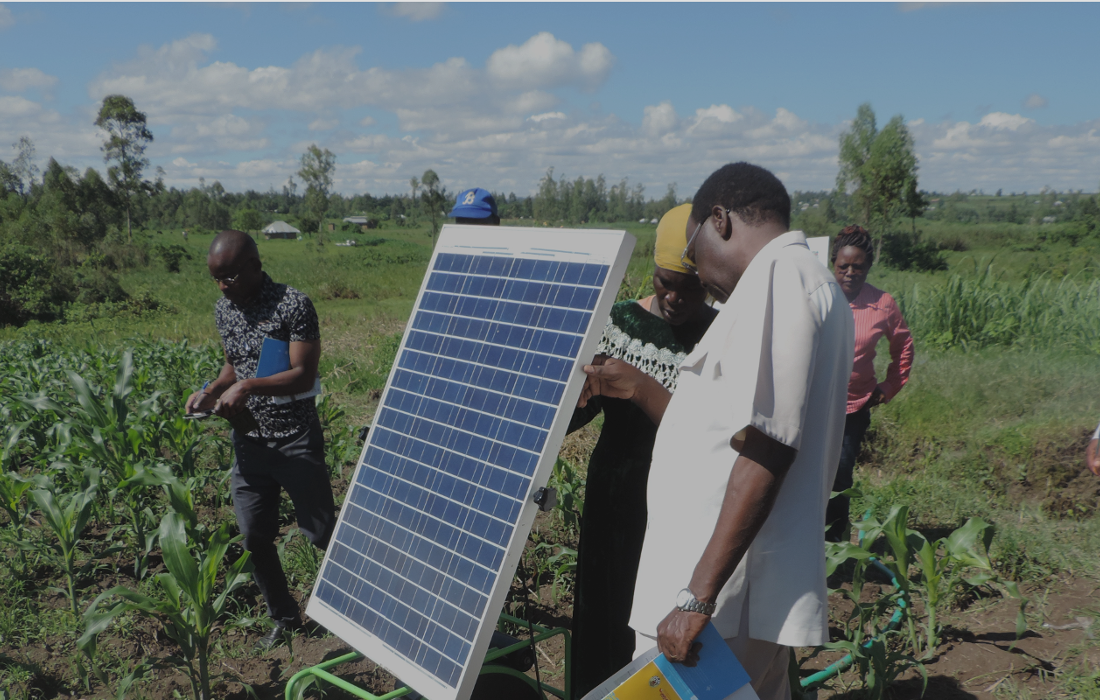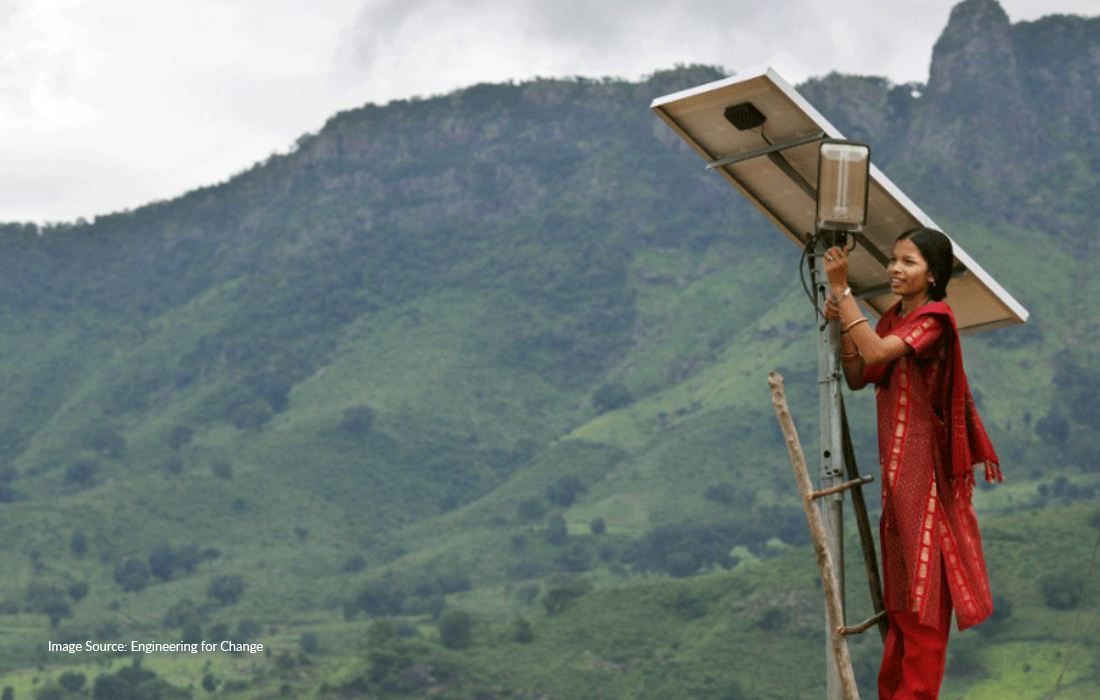Originally published by African Business Magazine.
There has been a significant growth in clean energy technology markets globally and regionally – mostly focusing on solar lanterns and solar home systems – that have benefited millions of electrified homes. However, only basic electrification services have been provided so far – typically this is enough power to charge a few phones and to power on two to four lights for four to six hours a day. This has been the case for solar solutions and also mini- and micro-grids.
While they have been invaluable in getting homes up the first step of the energy ladder, the next step should focus on getting off-grid consumers higher up the energy ladder to improve their livelihoods, health and other socio-economic factors. Surveys indicate that the next priority for households will be off-grid solutions for TV, cooling (fans) and refrigeration.
This market is huge – a report by the Global Lighting and Energy Access Partnership (LEAP) estimates that off-grid fans, televisions, and refrigeration devices could represent a market of over $4.7bn by 2020.
TAPPING INTO THE MARKET
A better understanding of the market will result in opportunities for new and existing players. Currently, awareness and understanding of the off-grid appliance market is limited. Research into the off-grid appliance market has mostly been limited to lighting, cooking and mobile phone charging.
The market for TVs, fans and refrigerators has to be better understood by product designers and retailers. In particular, players need to understand the dynamics of different markets and details about technical and design requirement.
Continued product innovation, quality improvements, financing efforts, and supply chain development are key to tapping into this market. Recent technological advances are bringing us closer to the point where solar home systems can support several appliances including TVs, fans and fridges at an affordable cost, but there are still several challenges to be resolved.
In the TV market, some manufacturers have made progress, but struggle to reach scale, improve distribution and make products more affordable. For fans, quality and competition from many low-quality products flooding the markets makes it hard for customers to know which products to trust.
Of the three products, fridges are the most power hungry. Significant technological advancements are needed to bring down energy-load requirements and develop the market.
Value should be the primary driver of innovation in off-grid appliance product design. Despite all the other factors needed to tap into this market, a player will not succeed if the price is not right for the customer. Products need to be energy efficient but first and foremost they must provide value to off-grid consumers. However, efficiency improvements and price reductions must not come at the cost of product quality and usability.
Expanded financing options need to be sought. Alongside the need for continued reduction in costs, the limited availability of finance solutions for consumers, manufacturers, and distributors inhibits rapid growth of this market. Microfinance solutions for solar home systems and pay-as-you-go solutions for solar lantern markets have been accelerating in the recent years. In the same way, innovative financing solutions need to be sought for off-grid TVs, fans and fridges to increase access and affordability for under-electrified households.
Friendly policies and market-supportive regulations are needed to stimulate the growth of this market. The growth of this market is currently constrained by high import tariffs and duties, the lack of common technology standards and quality control mechanisms and limited government incentives. In many countries, off-grid appliances do not yet receive the same preferential VAT or duty treatment that solar products enjoy in many countries.
Government and development agencies have a role to play in the growth and acceleration of this market – in particular around regulations, helping with technology transfer and disseminating information to both manufacturers and consumers – especially around which products have the right quality requirements – to separate the wheat from the chaff. Market fundamentals for off-grid appliances are strong; they just require the right encouragement.
Once these factors all come into play, these markets can both profitably serve the sellers of such products while affordably addressing the needs of unelectrified and under-electrified households. Some early success stories exist.
Existing players in Kenya are projecting annual sales of 10,000–20,000 units this year for TV models that fit within the energy specifications viable for off-grid communities. In Bangladesh, a Solar Home Systems programme (IDCOL) exists that supports energy access through partnerships with NGOs and microfinance institutions.
The programme supports financing, distribution, and maintenance of Solar Home Systems for rural households. Since the programme began in 2003, sales for off-grid fans have reached 250,000–300,000. In India, some individual enterprises supply over 10,000 fans monthly to off-grid households. Growth in all these markets is expected to be substantial in the next few years.
Gaurav Gupta is a partner at Dalberg Global Development Advisors. Matt Jordan is the director of clean energy access at CLASP.
















